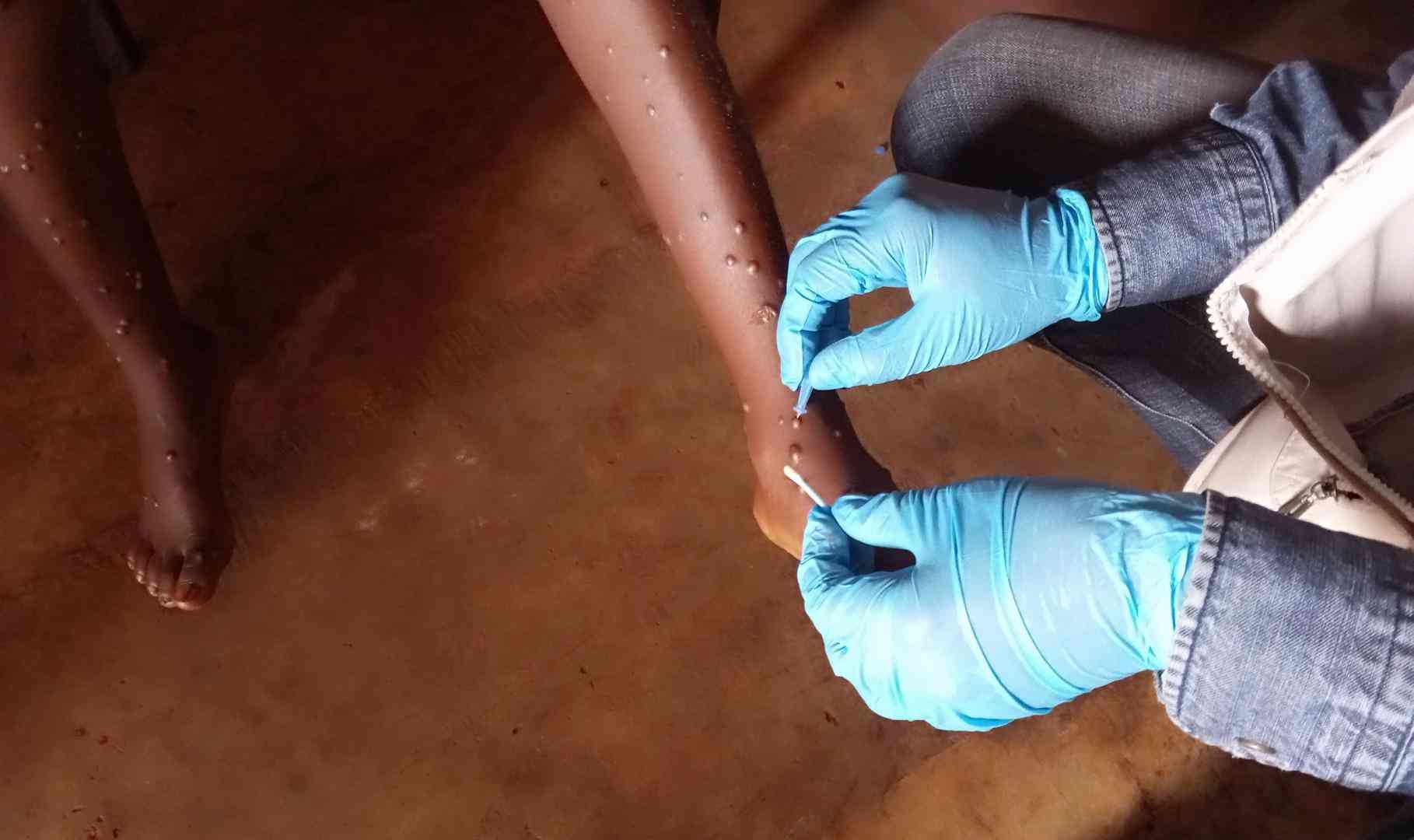
Monkey pox is a zoonotic disease caused by an orthopoxvirus that results in small-pox like disease in humans.
Just last week, the World Health Organisation declared the spread of Mpox a Public Health Emergency of International Concern.
It was just four years ago when the world was thrown into an abyss by the emergence of the heinous Covid-19, which decimated millions of people.
Small pox was declared eradicated in 1980 after universal childhood immunisation programmes, mass vaccinations in other countries and targeted surveillance-containment strategies.
Since 1980, no cases of naturally occurring smallpox have been recorded. Monkey pox was initially discovered in monkeys in 1958 and in humans in 1970 in the Democratic Republic of the Congo. Since then, the disease has been reported in many other Central and West African countries which include Gabon, Liberia, Nigeria, Central Africa Republic and Cameroon.
This year alone, more than 19000 cases of Mpox have been reported in Africa, 90% of which are in the DRC alone.
At least 515 deaths have been reported so far in Africa with at least 13 countries being involved.
The emergence of a new strain of Mpox in 2023 in the DRC, Clade 1b, a fast and more stubborn strain which appears more prevalent through sexual networks, has also prompted the declaration of the virus to be of international health concern.
- Illegal smuggling of US-made weapons from Afghanistan to Pakistan and its trade: a thriving business in Pakistan
- Dynamite comes in small packages in Pastor Chirinda
- Dynamite comes in small packages in Pastor Chirinda
- Toxic smoke chokes Karoi residents
Keep Reading
Communicable diseases can be difficult to understand their epidemiological curves hence it is prudent to be extra cautious especially when the natural history of the disease is not fully understood.
Many people want to know how Mpox is spread and it is prudent to understand that animal-to-human transmission can occur from direct contact with blood, bodily fluids, cutaneous or mucosal lesions of infected animals.
Human-to-human transmission can result from close contact with respiratory secretions, bodily fluids, skin lesions of an infected person or recently contaminated objects.
People are infectious while they have symptoms usually between two and four weeks until the crusts that formed separate and a fresh layer of skin has formed.
Clothing, bedding, towels or objects such as eating utensils that have been contaminated with the virus from a contact with an infected person can also infect others.
Ulcers, lesions, sores in the mouth can also be infectious, meaning the virus can spread via saliva as well as well as mother-to-child transmission
Health workforce remains of great relevance both in transmission of, containment and mitigation against Mpox.
Health workers have very high risks of contracting Mpox and can act as agents of spread of the virus if proper care is not taken note of.
With case fatality rate now even reaching even 4% in some areas, the disease can be quite frightening.
The country should not relax when we are also facing the Mpox threat. The virus’s history of rapid spread necessitates a proactive and coordinated international response.
Our country is still to report any cases of the Mpox, but we should remain alert as a country in the face of the new health quagmire.
It is critical to underscore the need for enhanced health education, health promotion, robust diagnosis, and testing, increased surveillance, contact tracing and prompt case management. A well-informed public is more likely to recognise the signs and symptoms of Mpox in time, leading to prompt diagnosis and quicker medical attention.
There are many determinants of health which are associated with such contagious diseases which include behavioral and social and working on them would be a step in the right direction.
During public health emergencies, many people die because of misinformation and disinformation.
These can be products of conspiracy theories where people want to interpret in their own ways.
It is undeniable that vaccination remains key if we are to contain outbreaks, the same success achieved against Smallpox in 1980.
We cannot afford to continue losing our people from vaccine-controlled disease in this era and age.







